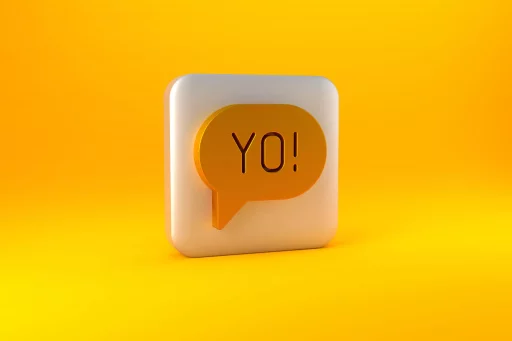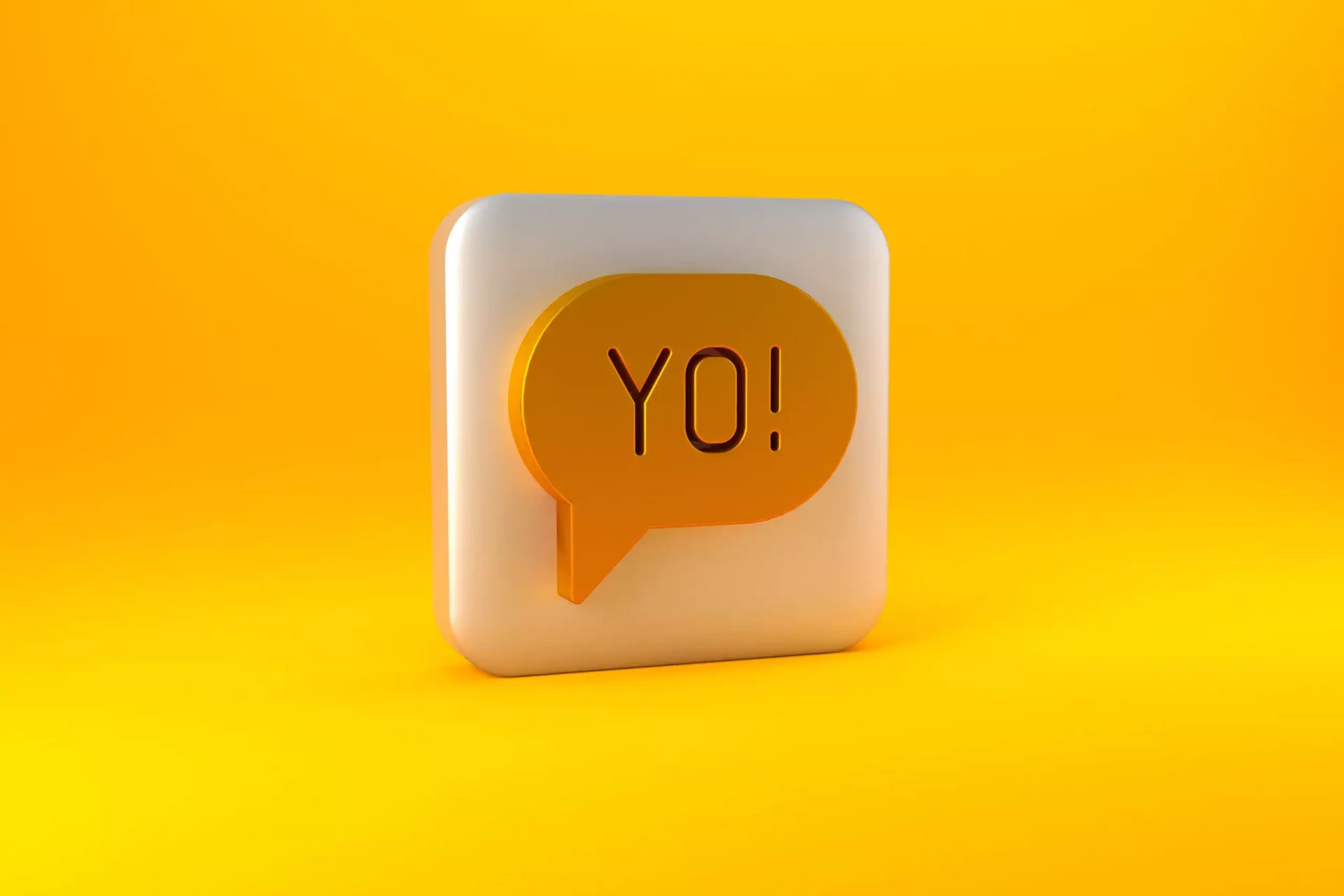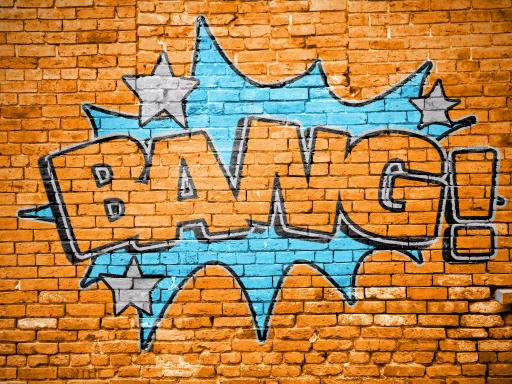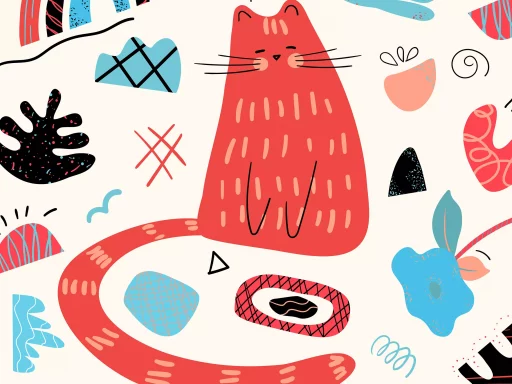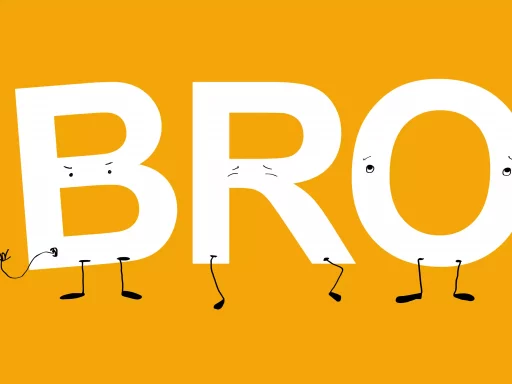Introduction to Curl Slang
Curl slang has emerged as a vibrant lexicon within the natural hair community, encapsulating the unique experiences, products, and styles associated with curly hair. This specialized language fosters connection, celebration, and understanding among individuals who embrace their natural curls. In this article, we will explore the origins of curl slang, its most common terms, and how it shapes the culture of curly-haired individuals.
The Origins of Curl Slang
The rise of curl slang can be traced back to the natural hair movement, which gained momentum in the early 2000s. As more people began to embrace their natural textures, a new lexicon developed to describe their experiences. Social media platforms, particularly Instagram and YouTube, provided a space for curl enthusiasts to share products, techniques, and personal stories, thus accelerating the evolution and spread of this language.
Common Curl Slang Terms
Understanding curl slang can enhance your experience within the curly community. Here are some of the most common terms:
- 3A, 3B, 3C, 4A, 4B, 4C: These are hair type classifications used to describe the curl pattern. Type 3 indicates curly hair, while type 4 signifies coily hair, with variations reflecting the tightness and texture.
- CG Method: Short for the Curly Girl Method, a hair care routine that emphasizes the use of sulfate-free shampoos and silicone-free products to maintain healthy curls.
- Shrinkage: The reduction of hair length when curls are dry compared to when they are stretched or wet, often a point of pride in the curly community.
- Wash and Go: A popular styling technique where hair is washed and styled without additional manipulation, aimed at showcasing natural curls.
- LOC Method: An acronym for Liquid, Oil, Cream— a technique for moisturizing curls effectively.
- Frizz: A common concern among individuals with curly hair, referring to the unwanted curls or texture arising from humidity or lack of moisture.
The Impact of Curl Slang
Curl slang does more than just provide terminology; it plays a crucial role in shaping the identity and community among curl lovers. This specialized language helps individuals find solidarity and share their unique journeys. According to a study by the Journal of African American Studies, 90% of participants felt empowered by the shared experiences and language that came from the natural hair movement.
Engaging with Curl Slang: Real-Life Examples
Consider this scenario: A woman with 4B hair attends a natural hair expo. Engaging with fellow attendees, she uses the term “shrinkage” to describe her hair length, instantly connecting with others who understand the frustrations and celebrations of that common experience. This simple exchange fosters community and support, making her feel understood and accepted.
Another example involves social media influencers who use curl slang in their content to resonate with their audience. For instance, a YouTuber might demonstrate the LOC method in a tutorial, while discussing the importance of moisture retention for 3C hair. This not only educates but creates a shared vocabulary among viewers who may then incorporate these terms into their everyday conversations.
Statistics and the Rise of Curl Slang
A 2021 study published by the Curly Hair Institute revealed some fascinating statistics:
- 85% of participants reported feeling more connected to others due to curl slang.
- 72% of respondents agreed that understanding curl slang enhanced their hair care journey.
- Over 60% of curly-haired individuals actively use social media platforms to discover and share curl-related terminology.
Conclusion
Curl slang serves as a bridge, connecting people who share similar hair journeys, trials, and triumphs. The language not only helps individuals embrace their unique curly identities but also fosters a sense of belonging in a vibrant community. As the natural hair movement continues to evolve, so too will its language—crafting an ongoing narrative that celebrates curls, coily textures, and the beauty of diversity.
